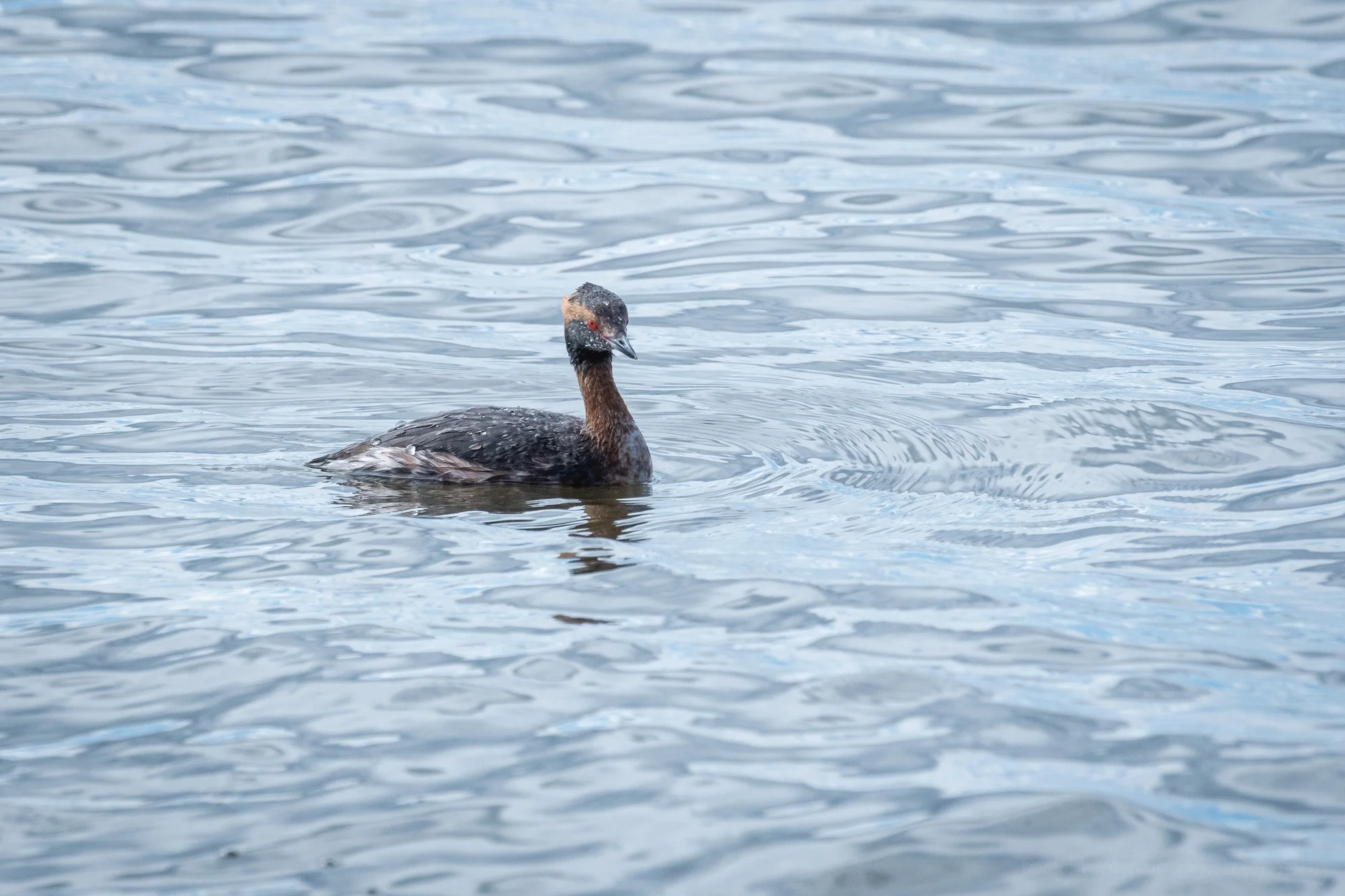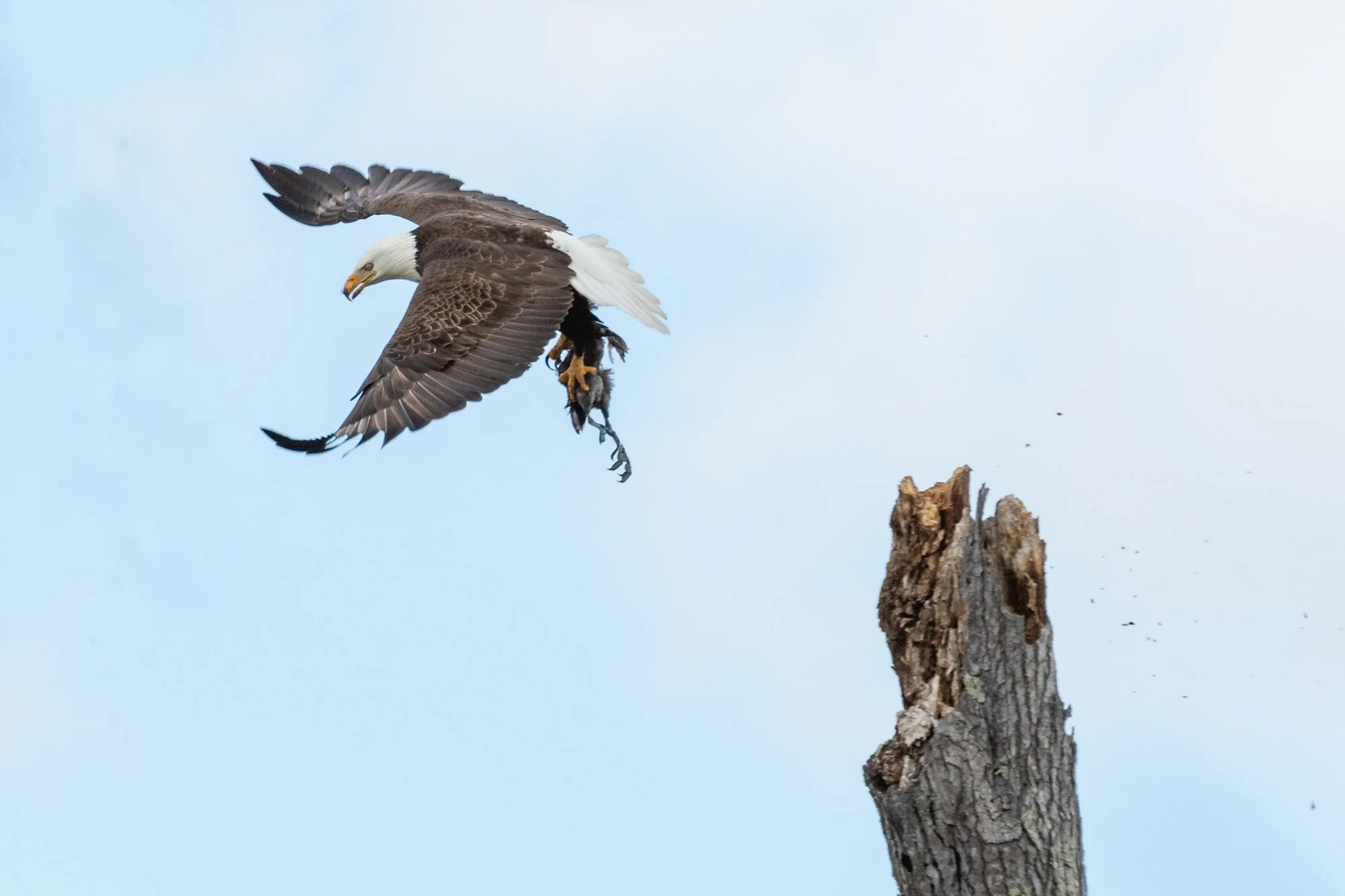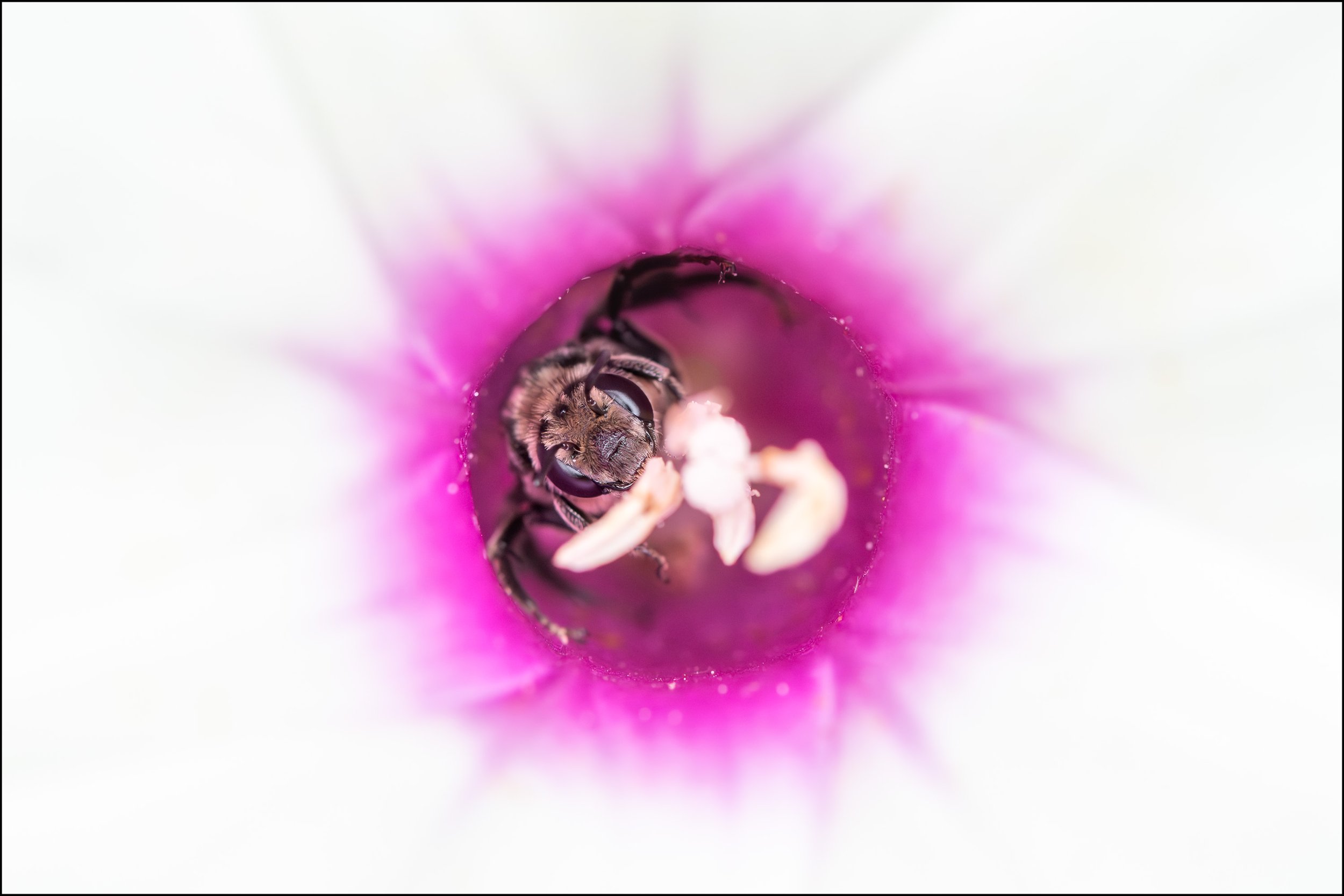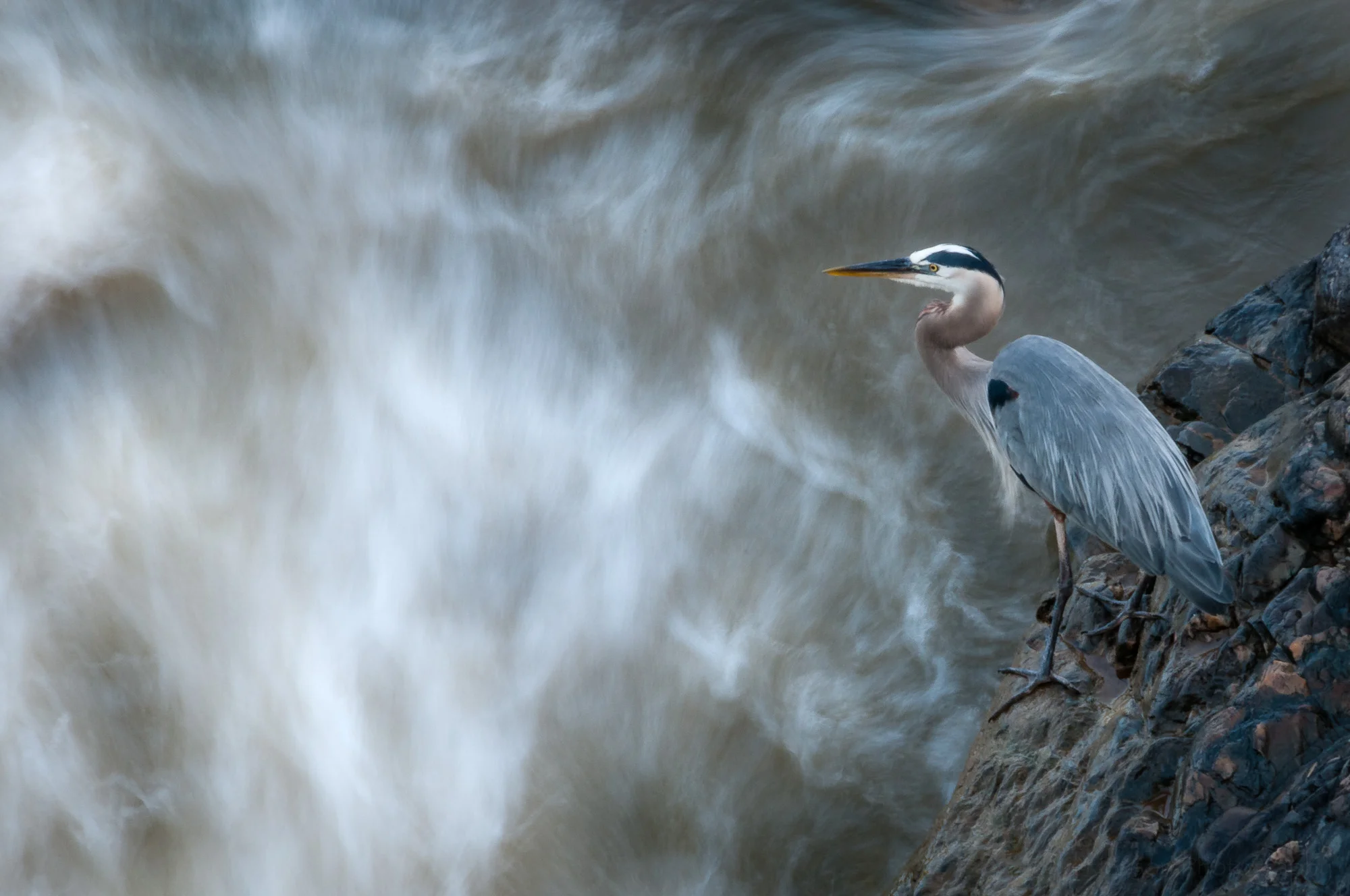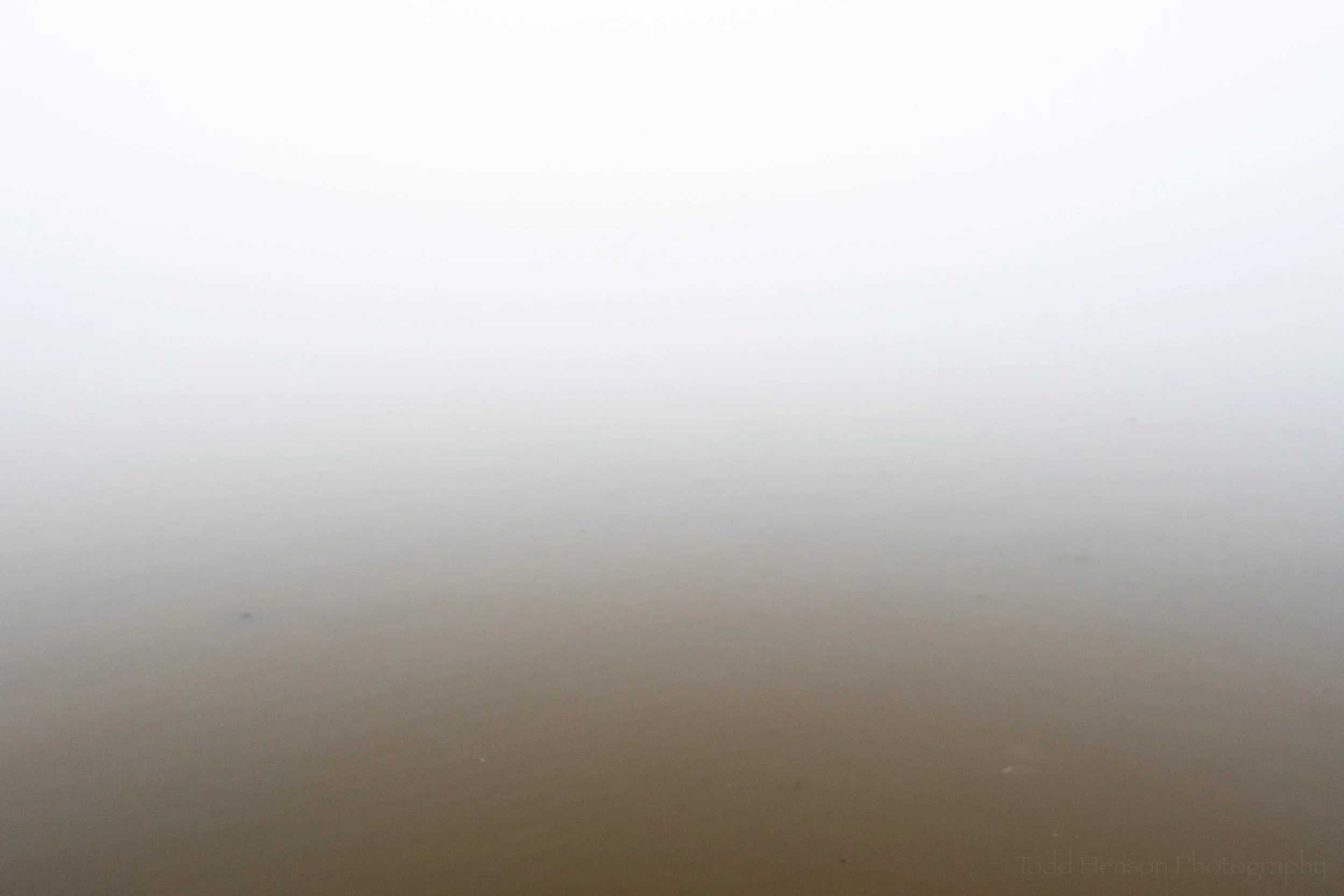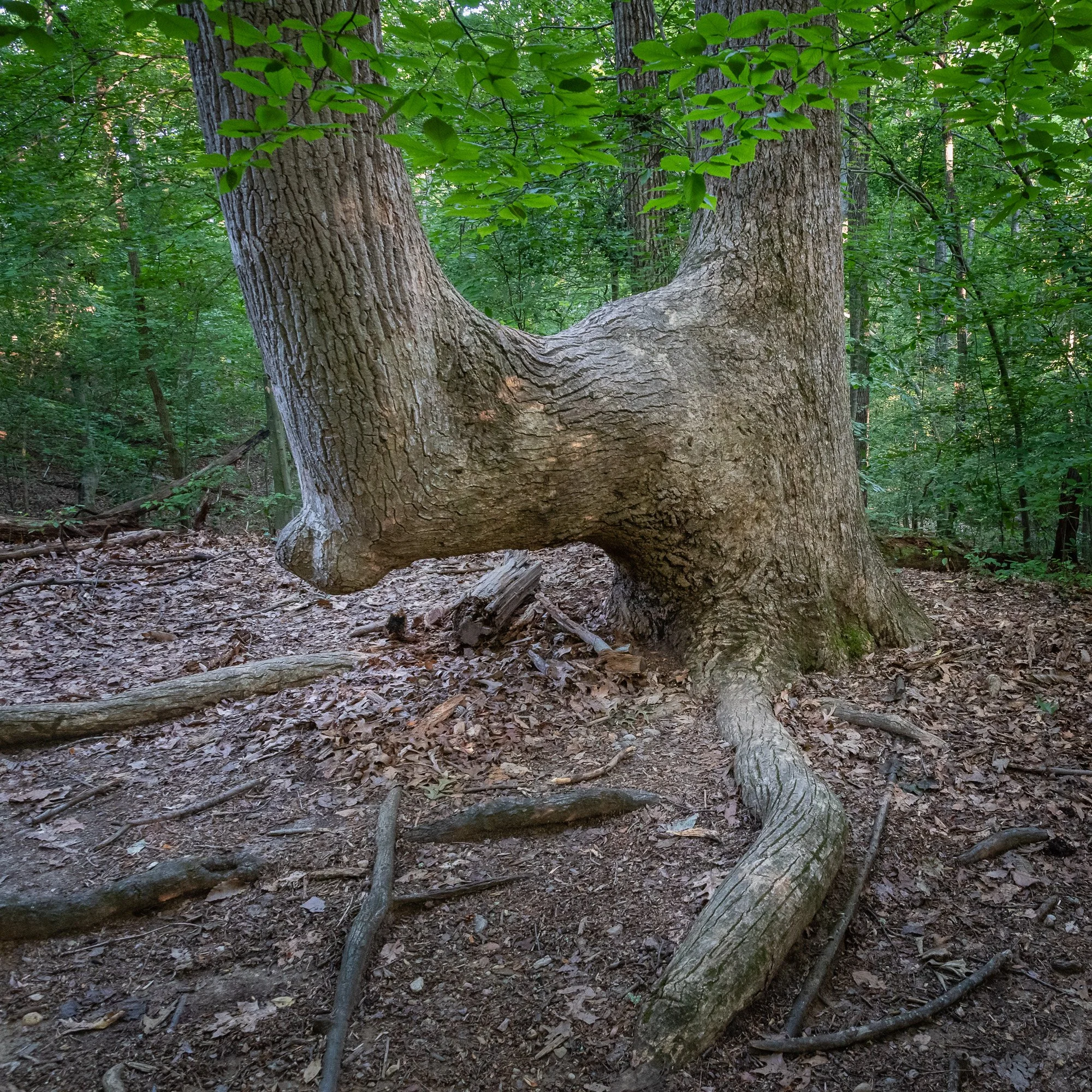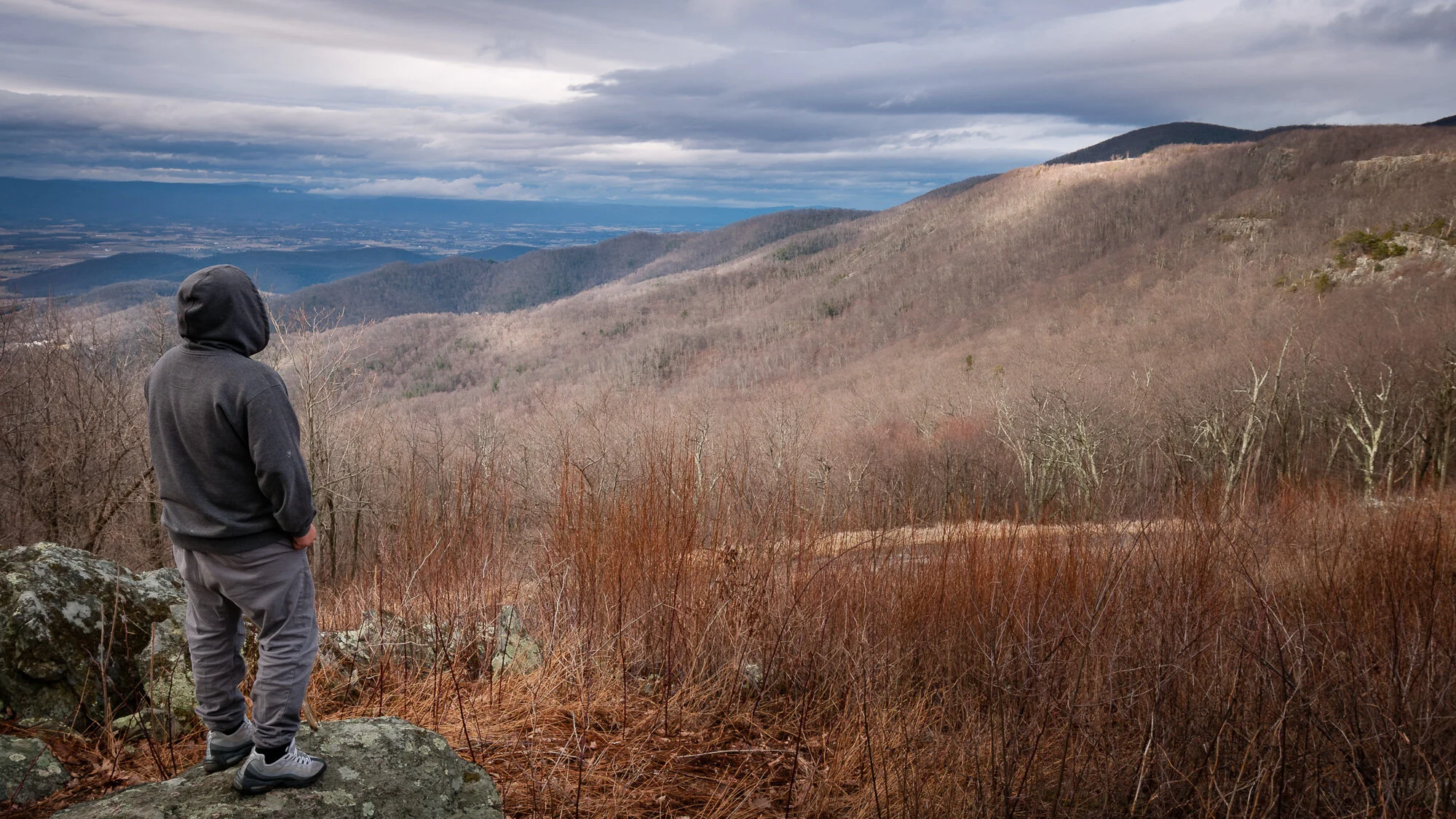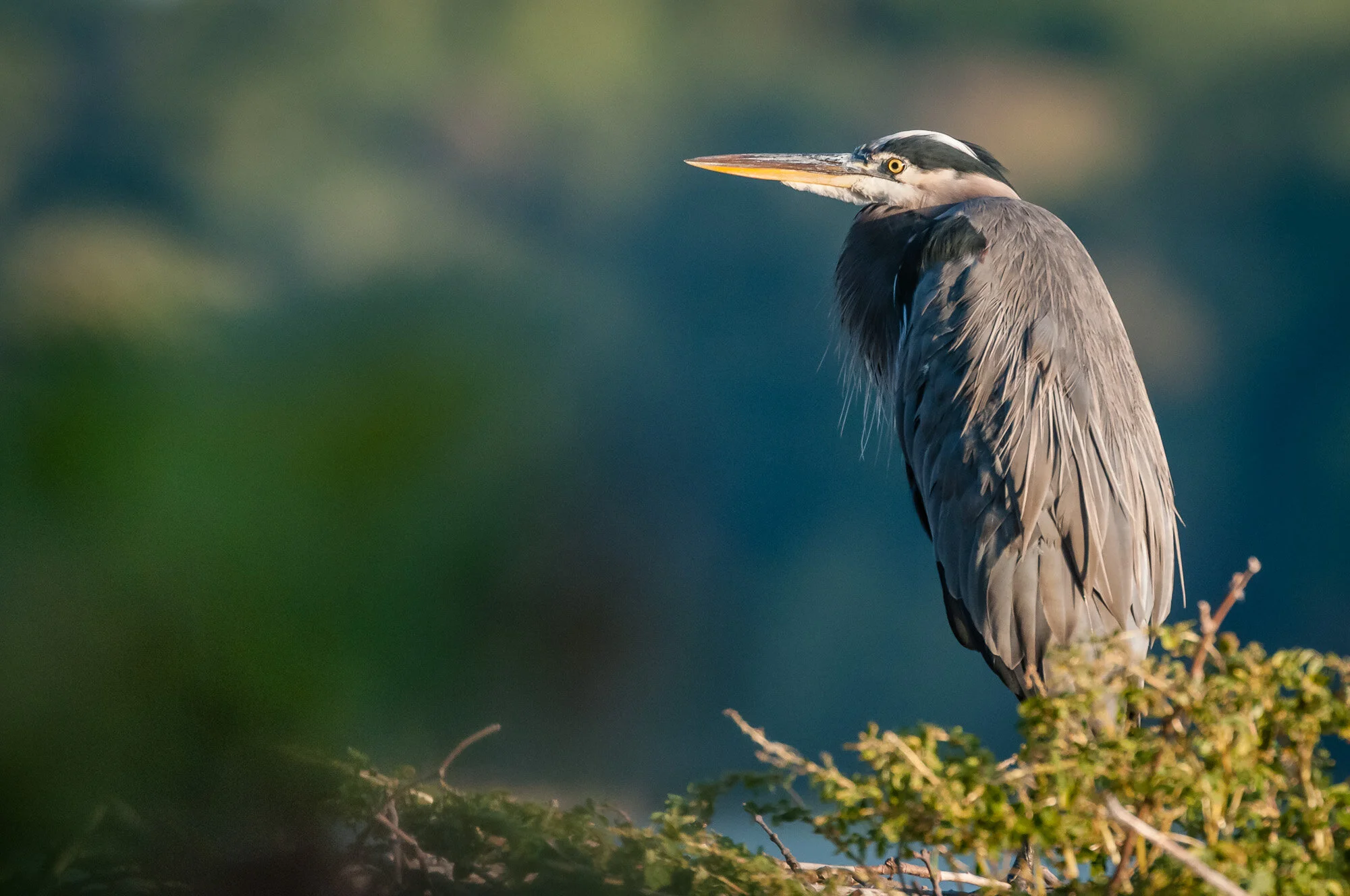A pair of early spring bloodroot flowers in full bloom
Bloodroot, Sanguinaria canadensis, is a beautiful early spring wildflower native to eastern North America. The name bloodroot and Sanguinaria refers to the reddish color of the rhizome that grows underground and of the poisonous sap of the rhizome, and canadensis refers to Canada, one of the locations where this plant can be found. In this case we found the bloodroot growing along trails through the eastern slopes of the Blue Ridge Mountains in the northern part of Virginia.
In the sections below I show some of the stages of the growth of bloodroot. The earlier stages were photographed in the first week of April 2024 and the final stages, after the flower is gone, where photographed in the final week of April.
Leaf-wrapped Bud
Bloodroot is a fascinating plant. A single curled up leaf breaks through the leaf litter on the forest floor and grows above ground, and a single flower stem grows within that single curled up leaf. A bud forms on the stem and emerges from the shelter of the still curled leaf.
A bloodroot bud wrapped in its leaf
A bloodroot bud just emerging from its leaf
The Bud Emerges
The flower stem will continue growing, pushing the bud outside the protective shelter of the curled leaf.
We found this pinkish bud having just emerged from the curled up leaf below
With just the right positioning and lighting this bloodroot bud almost glows
Opening of the Bud
When the sun comes out the bud opens revealing the beautiful white petals and yellow stamens. At night the flower will close back up.
A bloodroot bud beginning to open. I liked the look of the tuft of grass in the background.
The white bloodroot bud begins to open its petals revealing the yellow stamens within
With the petals unfurled we can more clearly see the yellow stamens at the center
Bloodroot in Full Bloom
The pollen of the flowers attract insects, with mining bees being one of the star pollinators because they collect the pollen. But insects looking for nectar will be disappointed as bloodroot doesn’t produce any.
A beautiful bloodroot flower in full bloom
Looking down on a bloodroot flower
A bug in the bloodroot flower
Bloodroot Flower Details
I enjoyed trying to get in closer to the center of the bloodroot flowers to show some of their details and beauty.
Bloodroot flower details
I thought this view looked a bit like a bloodroot throne
The Leaf Unfurled
After the flower fades the leaf will open, and a pod will form on the flower stem. You can see the leaves through the middle to end of summer, after which the plant goes dormant.
A bloodroot leaf unfurled after the flower is gone, and the beginnings of a seed pod.
Seed Pod
Seeds grow inside the pod and when it opens ants will collect the seeds and bring them back to their nest, eating the part that attracted them and leaving the seed, itself, to germinate and grow in their debris piles. And just as worms can create more fertile soil, so can ants.
The beginnings of a seed pod after bloodroot has flowered
The seeds will form new plants, while the rhizomes of existing plants will continue to grow and branch off, spreading over wider areas creating colonies of bloodroot. Next spring the curled up leaves will break through the ground and the entire process will begin again.
Do you enjoy these posts?
Sign up to receive periodic emails with updates and thoughts. Don’t worry, I won’t spam you. And please consider purchasing artwork or products from my online store, and using my affiliate links in the sidebar to the right when shopping online.
I appreciate your support!




















